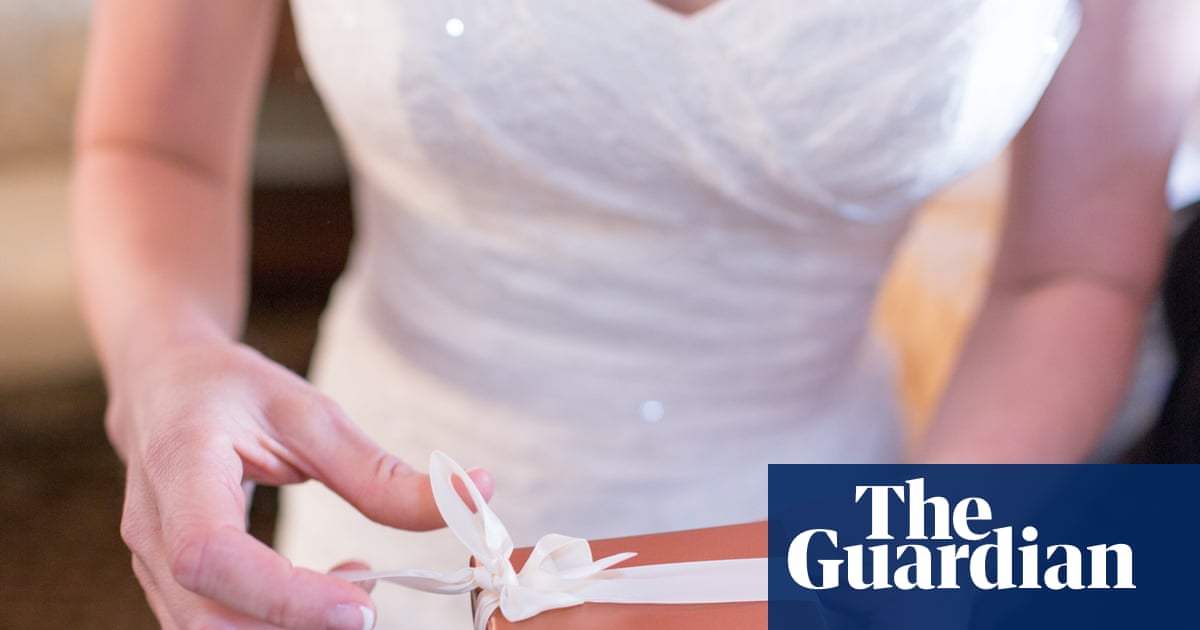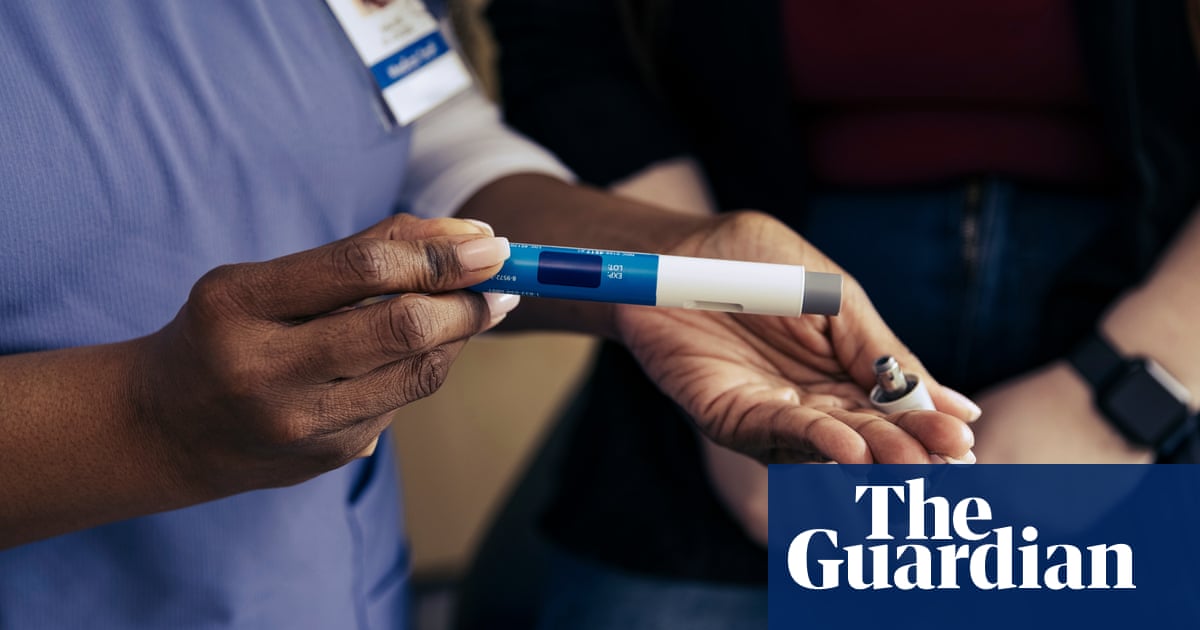These staple north Indian flatbreads come in a variety of forms – thinner, softer versions cooked on a flat tawa are also known as chapatis, while phulkas employ the same dough, but are held over a flame until they puff like a balloon. Either way, they’re great for scooping up meat and vegetables, or for mopping up sauce. Years of practice makes perfect, but this recipe is a good place to start.
Prep 25 min
Rest 30 min
Cook 15 min
Makes 8
165g atta (chapati) flour, plus extra for dusting (see step 1)
¼ tsp fine salt
1 tsp neutral oil
Melted ghee or butter, to serve (optional)
1 A note on the flour
If you can’t find atta flour, which is a flavourful, very finely milled wholemeal flour that can be found in south Asian specialists and larger supermarkets, food writer Roopa Gulati recommends using a 50:50 mixture of plain flour and wholemeal flour instead. Put the flour and salt in a large bowl, whisk briefly, then make a well in the middle.
2 Add oil to the flour mix
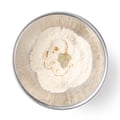
Pour the oil into the well – as Mallika Basu explains in her book Masala, this added fat helps soften the dough, though “if you keep practising … you may reach the holy grail of rotis: impossibly thin, perfectly round roti with no oil involved”, so if you fancy your skills, you may prefer to leave it out.
3 Work in the water

Many experienced roti makers use room temperature water, but hot, or even warm water will make the dough easier to handle, and also keep the breads soft for longer once they’re cooked. Stir about 100ml water into the well with the oil, then, using your fingertips, gradually incorporate the liquids into the flour.
4 Finish the dough, then knead
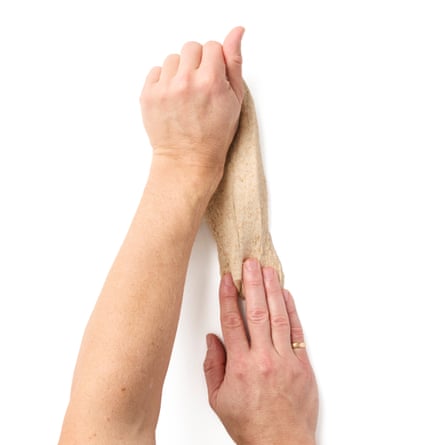
Add more water very slowly until you have a firm, but sticky, rather than dry dough – if it’s still dusty, add a little more water; if it’s unmanageably wet, add a bit more flour. Tip out on to a clean work surface and knead for about 10 minutes, until smooth; add a little extra flour, if necessary, but be stingy with it.
5 Rest the dough, then divide
Put the dough in a bowl, cover with a plate or tea towel, then leave to sit for half an hour (this will make it easier to roll out later). Divide the dough into two roughly equal pieces, divide each piece in half again, then divide again so you have eight pieces in all. One by one, roll into balls, keeping the rest of the dough pieces covered so they don’t dry out; keep the rolled balls covered, too.
6 Heat the pan
Cut out some rough squares of baking paper, and put a frying pan or flat griddle on a medium-low heat (if you develop a taste for roti, a tawa pan is not expensive, and is also helpful for making pancakes and dosa), and warm a plate in a low oven or with hot water.
7 Roll out the rotis
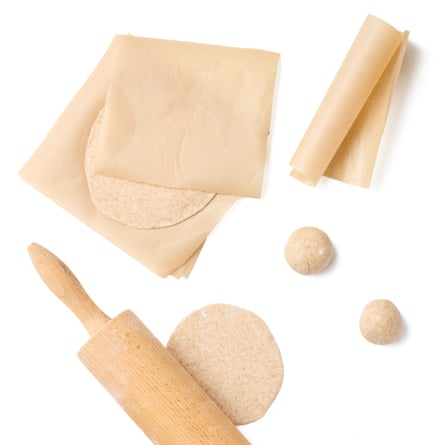
On a lightly floured surface, roll out one ball into a roughly 12cm-wide circle, flipping it in the flour to ensure it doesn’t stick and turning the dough a few degrees between each roll to help make it round. Store the rolled breads between the squares of paper and wrapped in a tea towel.
8 Cook the rotis
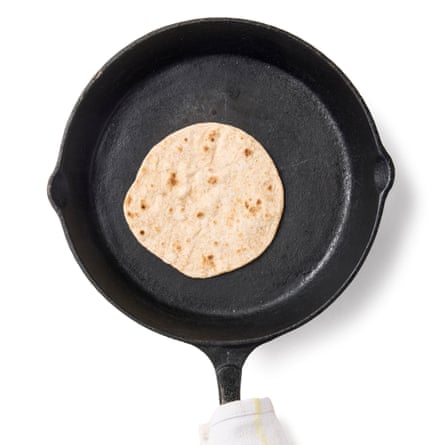
Turn up the heat under your chosen pan to medium-high. Lay one bread in the hot pan, leave to cook until small bubbles appear on the surface, then use tongs or a spatula to flip it over. Cook for another 40-60 seconds, pressing down lightly with a spatula as it puffs up, until speckled brown on the underside.
9 Brush with butter and serve hot
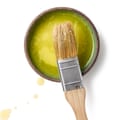
Brush each cooked bread with melted ghee or butter, if using, then store on the heated plate and under a tea towel (or wrapped in foil) while you cook the rest. These are best eaten fresh from the pan; you can store the uncooked rolled out breads for a few hours before cooking, as long as you keep them separated and covered.

.png) 7 hours ago
3
7 hours ago
3






































